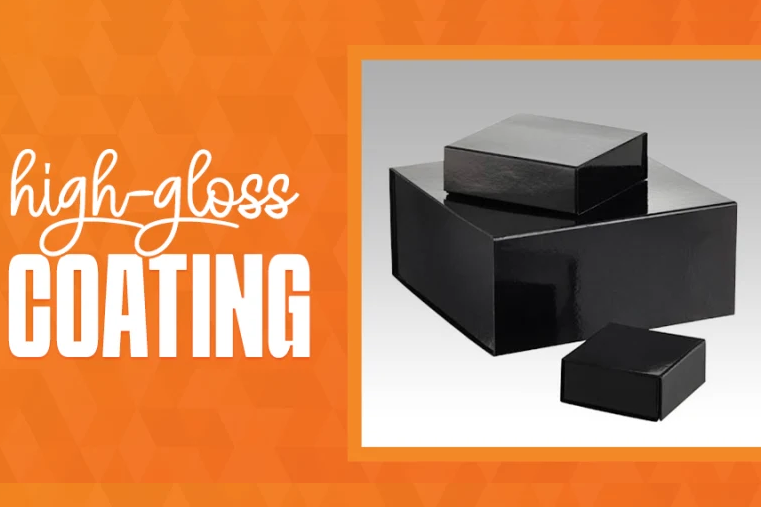Introduction: The Secret Behind Eye-Catching Packaging
Have you ever snatched a product from the shelf, captivated by its shimmering gloss or silky texture? That’s often the understated genius of varnish in packaging print casting its spell. Far from being a mere finishing touch, it’s a vital weapon for brands striving to stand out in a crowded marketplace. Varnish not only guards your design against scratches and scuffs but also drapes it in a cloak of sophistication that screams “top-tier.”
Moreover, with the overprint varnish market booming—valued at USD 1.66 billion in 2025 and projected to hit USD 2.18 billion by 2029 at a CAGR of 7%—it’s clear that this tool is more relevant than ever. Let’s explore what varnish truly entails, why it’s essential knowledge for packaging buyers and managers, and how, driven by trends like eco-friendly solutions and UV-curable advancements, it can elevate your product’s first impression into something truly enchanting.
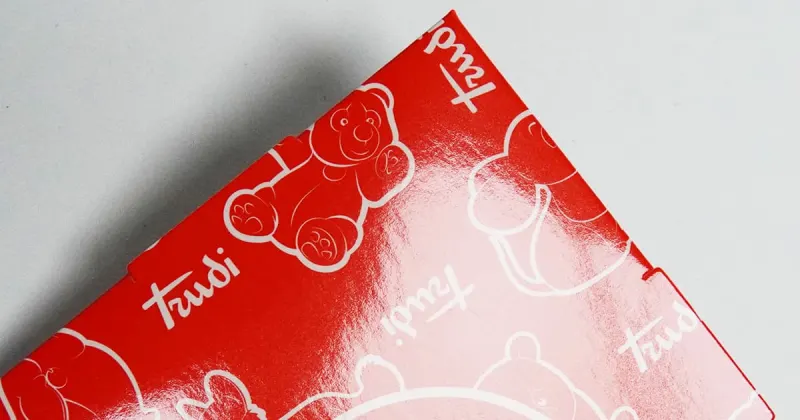
What Is Varnish in Packaging Print?
So, what precisely is meant by varnish in packaging print? Imagine it as a silent guardian, a transparent layer gently applied over printed surfaces after the ink has dried. This protective veil shields against smudges, scuffs, and the wear and tear of daily use.
Yet, its role extends beyond mere defence—varnish effects on packaging can breathe life into designs, making hues pop with intensity or adding a sophisticated, touchable allure. Be it a glossy sheen that captures the eye or a satin finish whispering understated luxury, varnish offers a palette of impressions to reflect your brand’s essence.
Why is this coating so vital? It elegantly unites print surface protection with aesthetic flair. For packaging managers, it’s a pragmatic solution to ensure boxes endure the rigours of transit unscathed. For brand custodians, it’s an opportunity to create a lasting first impression with consumers. After all, your packaging often serves as the initial greeting to a customer—why not make it resonate with charm?
Moreover, by integrating techniques like spot varnishing to highlight key design elements, or choosing finishes such as matte for subtlety or high-gloss for vibrancy, varnish transforms mere containers into memorable brand ambassadors. Thus, it stands as a bridge between practicality and emotional connection, ensuring your product not only survives but thrives in the hands of its audience.
Why Varnish Solves Your Toughest Packaging Woes
Packaging faces a relentless gauntlet—imagine jostling lorries on bumpy lanes or crowded shop shelves where eager fingers constantly graze over boxes. Without protection, designs lose their lustre, logos bear unsightly marks, and your brand’s vibrancy dims quickly. Here steps in varnish printing techniques, the quiet champion that wards off scratches, smears, and insidious moisture damage, preserving a package’s integrity through its arduous journey.
Yet, varnish does far more than shield; the significance of varnish in print packaging profoundly shapes customer perception. A glossy sheen can exude opulence, while a matte texture murmurs refined subtlety. From my observations at C MIC Packaging, the perfect varnish can transform a mundane rigid box into an irresistible treasure for shoppers.
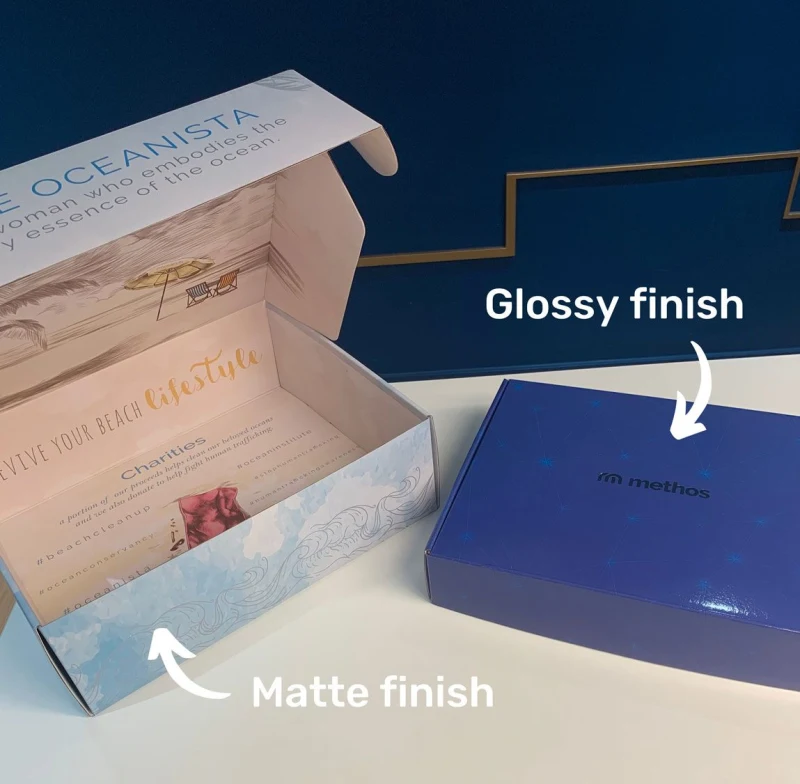
Many businesses grapple with striking a balance between expense and excellence—varnish emerges as a cost-effective ally, enhancing both resilience and allure. It’s akin to refining a rough stone into a radiant jewel: a modest touch yields a striking reward, alleviating the persistent dread of packaging that seems cheap or uninspiring.
Moreover, with options like spot varnish—where glossy highlights contrast matte backgrounds to spotlight logos or features—and eco-friendly choices such as water-based varnishes, it not only elevates aesthetics but also aligns with sustainable values, forging an emotional bond with eco-conscious consumers.
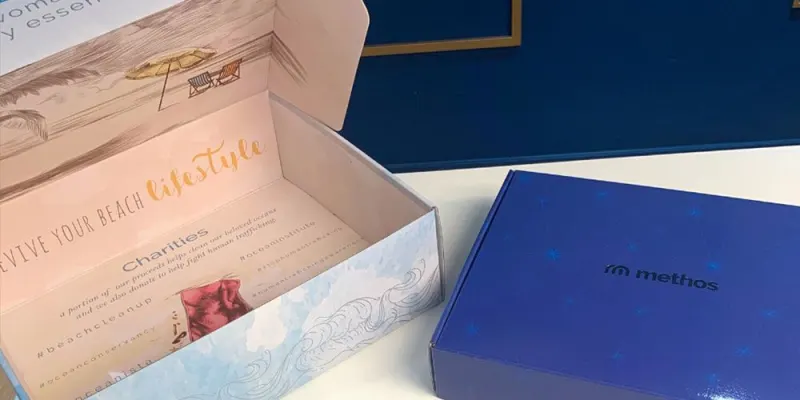
Exploring the Types of Varnish Coatings
Let’s dive into the diverse world of varnish coatings available for packaging. Each type offers unique varnish effects on packaging, making the selection a crucial decision that reflects your brand’s identity and meets functional needs.
- Gloss Varnish: This finish creates a dazzling, reflective sheen, ensuring colours leap off the surface with vibrancy. It’s perfect for striking designs that demand attention, although it may cause glare under intense lighting, occasionally making text less readable.
- Matte Varnish: Boasting a subtle, non-glossy elegance, matte is the go-to for text-rich layouts or a refined look. While it lacks the flash of gloss, it skilfully resists fingerprints, maintaining an impeccable appearance.
- Satin Varnish: Bridging the gap, satin provides a soft lustre paired with a velvety texture. It’s a stellar choice for designs requiring print surface protection without an excessive shine, offering a balanced appeal.
- Strike-Through Matte: A smart fusion, this finish keeps the majority matte while allowing glossy highlights to pop. Picture your logo shining like a beacon against a muted canvas, drawing the eye effortlessly.
- UV Varnish: Cured under ultraviolet light, UV varnish delivers a robust, often glossy surface. It stands tough against wear and tear, excelling as a spot application to elevate key design features.
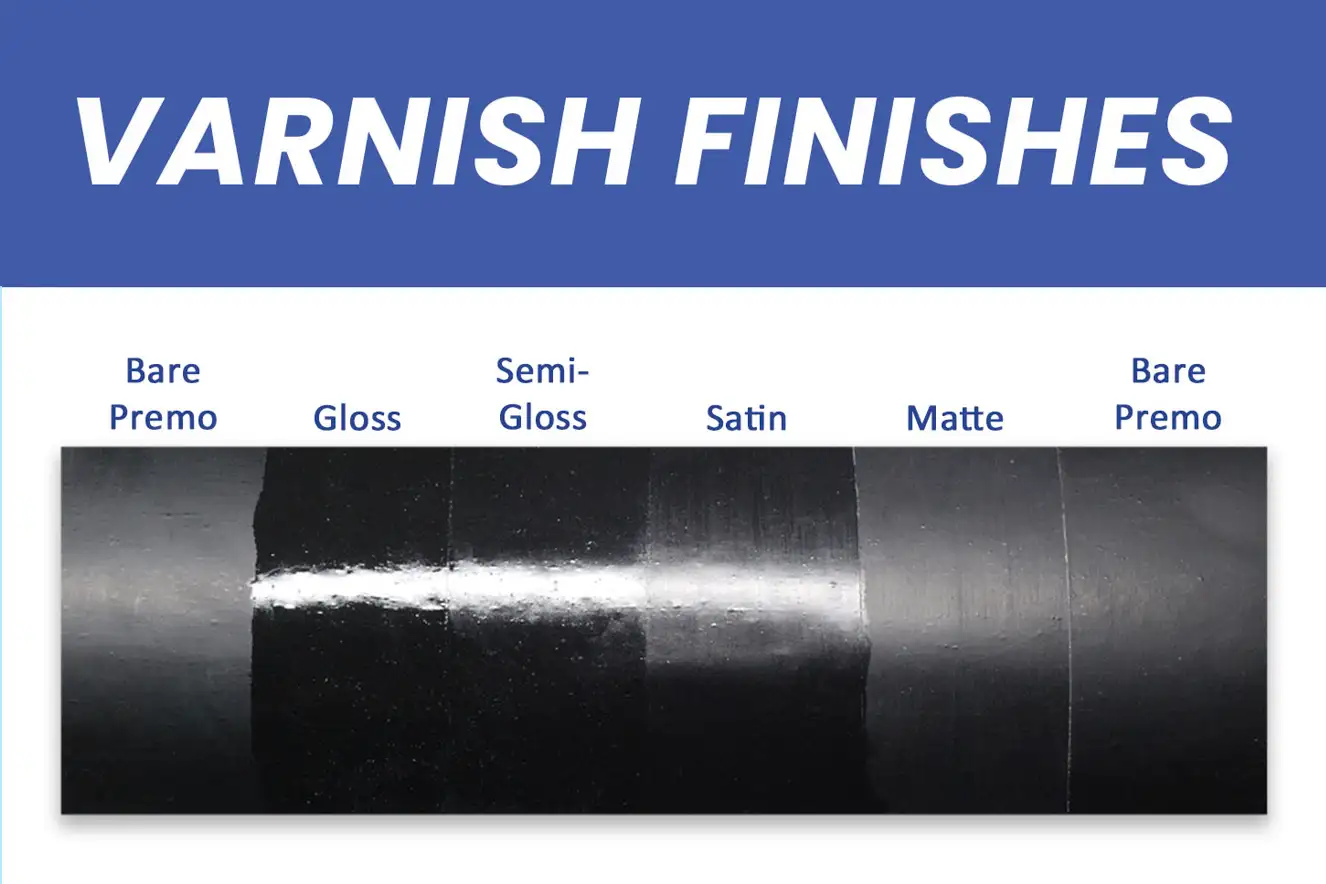
Each of these varnish types in printing carries a distinct purpose. Moreover, with recent advancements in application technology, such as precise micro-embossing, I’ve witnessed brands transform simple corrugated boxes into premium masterpieces at C MIC Packaging. Indeed, selecting the right varnish is akin to choosing the perfect attire for a grand occasion—it shapes the entire impression.
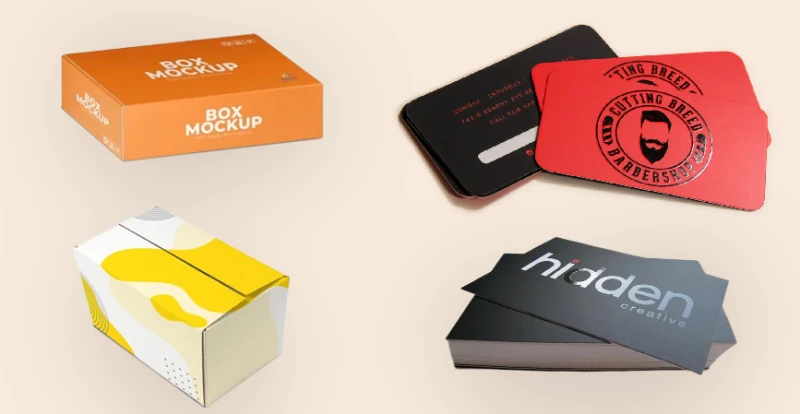
Additionally, aligning the finish with sustainability trends, like opting for water-based varnishes, not only enhances tactile engagement—boosting consumer recall by up to 30%—but also resonates with eco-conscious values, ensuring your packaging tells a compelling story.
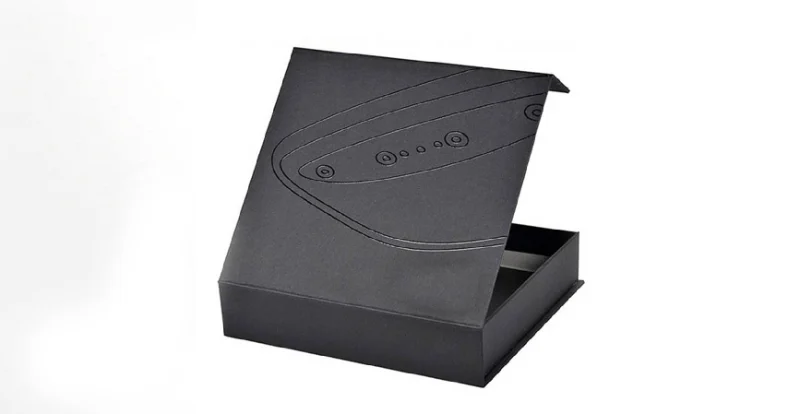
How Does Varnish Get Applied to Packaging?
Curious about the varnish application process? It’s a carefully orchestrated process, executed during or after printing, to endow your packaging with both strength and sophistication. Here’s how it unfolds:
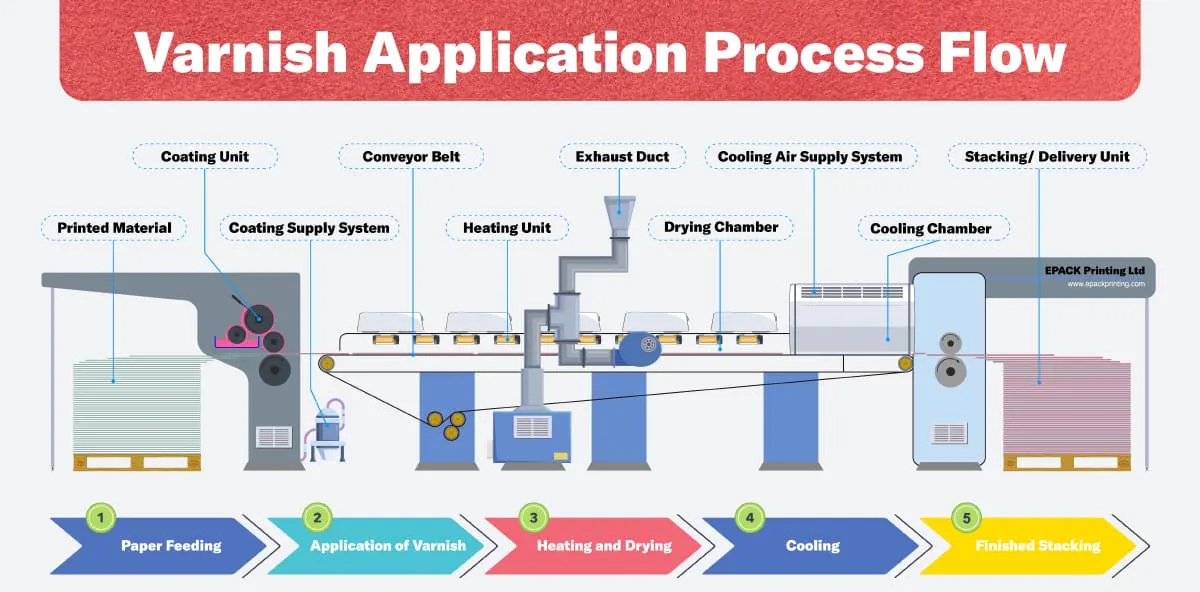
- Preparation: Designers meticulously plan the layout, identifying precise areas for varnish—whether it’s a sweeping “flood” coat covering every inch or a targeted “spot” accent on a brand emblem.
- Printing: The foundational design is imprinted onto the substrate, typically using advanced offset or digital printing technology.
- Application: Varnish is expertly layered on with state-of-the-art machinery. UV varnish, for instance, solidifies almost instantly under UV-LED lights, forming a formidable shield, while traditional varnishes cure gradually through air exposure.
- Inspection: After application, the packaging undergoes a rigorous evaluation using cutting-edge tools like vision systems to ensure the varnish is seamless, with consistent gloss and texture across the surface.
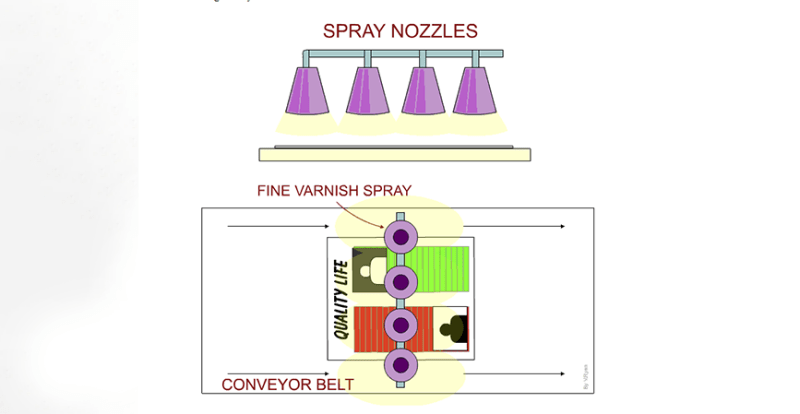
At C MIC Packaging, we’ve perfected the art of packaging finishing techniques, customising every detail to match each client’s aspirations. Whether it’s a striking spot UV finish for an elegant rigid box or a robust matte coat for durable corrugated containers, precision is our guiding principle.
Moreover, we consider the substrate’s unique traits—corrugated cardboard demands a different approach compared to plastic or metal—to guarantee optimal adhesion and finish. Modern automation and real-time monitoring further enhance uniformity, while energy-efficient UV-LED curing systems underscore our commitment to sustainability. The result? Packaging that not only captivates the eye but also withstands the rigours of everyday handling with unwavering resilience.
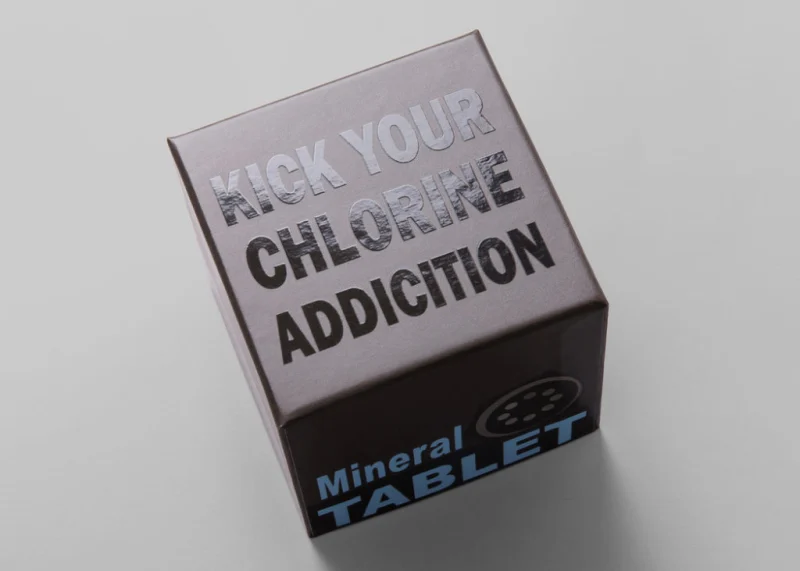
The Perks of Using Varnish on Packaging
The advantages of applying varnish to packaging are simply unmissable. It’s akin to a warrior’s shield blended with an artist’s delicate brushstroke, offering both protection and allure. Here are the compelling reasons why it transforms the game for packaging experts:
- Enhanced Resilience: Varnish forms a robust barrier against scratches, smudges, and moisture, ensuring designs remain pristine from storage to shelf. I recall a client whose packages endured a torrential storm during shipping, yet emerged spotless thanks to a durable UV varnish coating.
- Striking Visual Appeal: It intensifies colour vibrancy and sharpness, turning your packaging into a standout on any display. A glossy finish serves as a beacon, drawing attention amidst a sea of competitors on a busy market shelf.
- Elevated Brand Image: The perfect varnish exudes sophistication. A satin or matte effect can transform even simple designs, subtly suggesting premium value and craftsmanship to discerning customers.
- Cost-Effective Defence: Compared to more expensive alternatives like lamination, varnish offers reliable protection for printed surfaces without stretching budgets, particularly when used strategically for spot applications.
- Unique Customisation: Through innovative varnish application methods, you can blend effects—such as glossy highlights on a matte backdrop—creating a tactile experience that resonates deeply with consumers and lingers in their memory.
At C MIC Packaging, we tap into these advantages to craft tailor-made solutions, prioritising precision and quality. Moreover, with emerging trends like holographic varnish, we add a dazzling, light-refracting effect that captivates the eye, especially for luxury goods. Varnish is far more than a mere layer; it’s a storytelling tool that harmonises with your brand’s essence, weaving functionality and beauty into every detail.
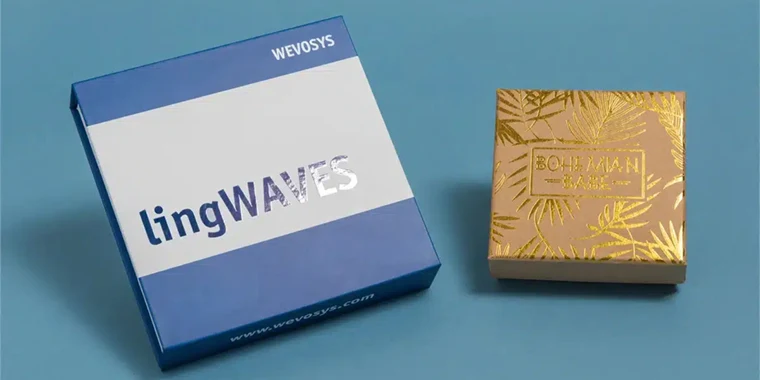
Any Drawbacks to Varnish You Should Know?
While varnish delivers impressive results, it does come with certain limitations. Let’s explore some potential challenges to keep in mind:
- Limited Shielding: When pitted against robust alternatives like lamination, varnish offers only moderate protection from heavy wear, moisture, or harsh chemicals. It’s sturdy, but far from indestructible.
- Colour Fading Risk: Over time, certain varnishes, especially non-UV variants, may develop a yellowish hue, gently altering the original vibrancy of a design. This is particularly noticeable with traditional resin-based formulations.
- Environmental Concerns: Not all varnishes are kind to the planet. Classic blends often release volatile compounds during application, although opting for water-based or UV-cured options can significantly reduce this impact.
- Precision Challenges: Applying spot varnish demands razor-sharp accuracy. Even a minor error can throw off the entire aesthetic, underscoring the need for skilled expertise.
Nevertheless, the advantages often outweigh these drawbacks, particularly when supported by a trusted partner like C MIC Packaging. We champion sustainable choices, integrating innovations such as biodegradable varnishes made from natural materials like corn starch, and uphold stringent quality controls to sidestep these issues.
Moreover, by leveraging cutting-edge UV-curable varnishes, we enhance colour stability against environmental factors, ensuring your packaging not only shines but also endures with lasting appeal.
Matching Varnish to Your Unique Packaging Needs
Uncertain if varnish suits your product? It’s all about aligning the variety of varnish finishes with your creative vision. Let’s explore some tailored real-world examples:
- High-End Goods: For luxury cosmetics or cutting-edge tech, combining matte lamination with spot UV varnish can highlight logos or intricate designs. When paired with embossed textures, this creates a tactile elegance that whispers sophistication and exclusivity.
- Food Packaging: Snack containers thrive with a full satin varnish, offering robust surface protection against sticky fingers, while maintaining a clean, appetising allure. Opting for water-based options also ensures compliance with safety standards.
- Storefront Displays: Need corrugated boxes to stand out on busy counters? A high-gloss varnish intensifies colours, drawing in wandering glances amidst a sea of competing visuals, thanks to precise application techniques.
- Sustainable Brands: Embrace water-based or UV-cured varnishes to champion green initiatives. These choices minimise ecological impact while delivering a polished look and enduring strength, aligning with consumer demand for eco-conscious packaging.
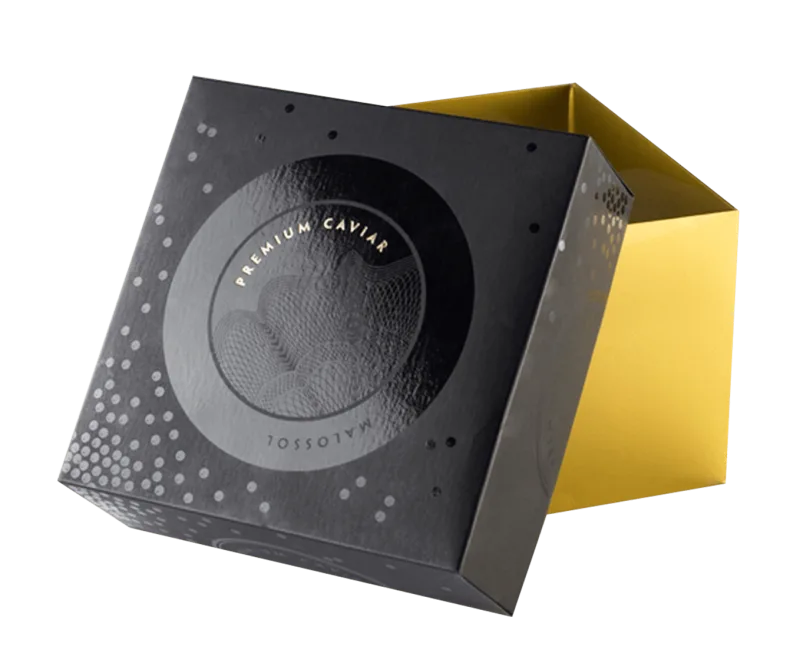
Moreover, at C MIC Packaging, we delve deep into the heartbeat of your brand, crafting bespoke solutions that marry functionality with flair. Varnish adapts to your demands—whether it’s fortifying robust shipping containers or adorning delicate gift boxes. What’s the design you’ve been envisioning? Consider that our launchpad.
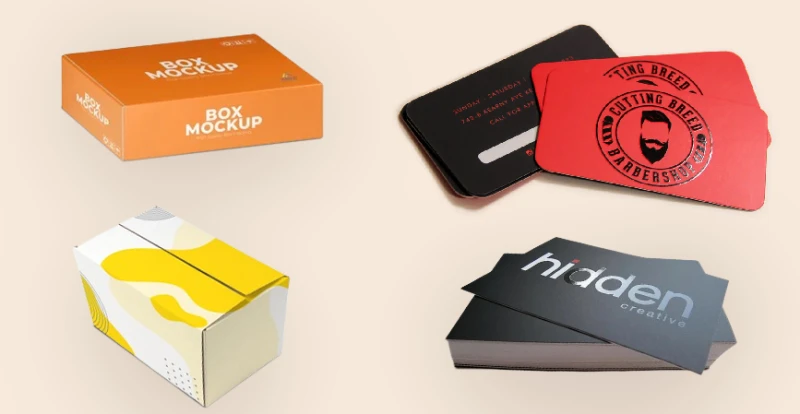
Varnish vs. Other Packaging Finishing Options
When it comes to packaging finishing techniques, varnish is not the only player on the field. How does it compare to alternatives like lamination? Let’s explore them head-to-head with a detailed breakdown:
- Protective Strength: Varnish provides a reliable yet lighter shield against scratches and smudges, much like a delicate armour. In contrast, lamination acts as a sturdy fortress with its plastic layer, offering superior defence against moisture and tears, though it comes at a steeper price.
- Visual Appeal: Varnish shines with its ability to add selective flair—think spot gloss for a dazzling highlight or matte for subtle sophistication. Lamination, however, often covers the entire surface like a uniform veil, limiting pinpoint effects but delivering a seamless, consistent feel.
- Environmental Impact: Many varnish options, such as UV or water-based varieties, align better with recycling efforts, akin to a gentle footprint on the earth. Lamination, frequently reliant on plastic, can be a stumbling block for eco-friendly disposal, though newer biodegradable films made from plant-based materials are emerging as a promising alternative.
- Cost Consideration: Varnish frequently claims the title of budget champion, particularly for targeted applications. On the other hand, lamination, due to its intensive materials and process, often demands a higher investment, though its durability can justify the expense for premium or high-risk products.
Both finishes bring unique strengths to the table, yet varnish often steals the spotlight for its versatility and wallet-friendly charm. Moreover, by blending techniques—like pairing a matte varnish with a protective laminate, as seen in pharmaceutical packaging for both aesthetics and resilience—we can craft solutions that elevate both form and function.

Conclusion: Transform Your Packaging with Varnish
Varnish in packaging print isn’t merely a technical add-on—it’s a bold move that fuses print surface protection with jaw-dropping style. Whether you opt for gloss to shout boldness, matte for quiet class, or UV for sheer toughness, the benefits of varnish on packaging shine through: designs that endure, looks that hook, and a brand image that sticks. Sure, it’s got minor flaws, but its adaptability makes it a top pick for countless packaging hurdles.
Ready to give your products an edge? Discover how varnish printing techniques can reinvent your packaging game. Connect with C MIC Packaging for custom solutions rooted in quality, timely delivery, and green practices. Let’s build packaging that doesn’t just protect but captivates—reach out now to kickstart the journey!


